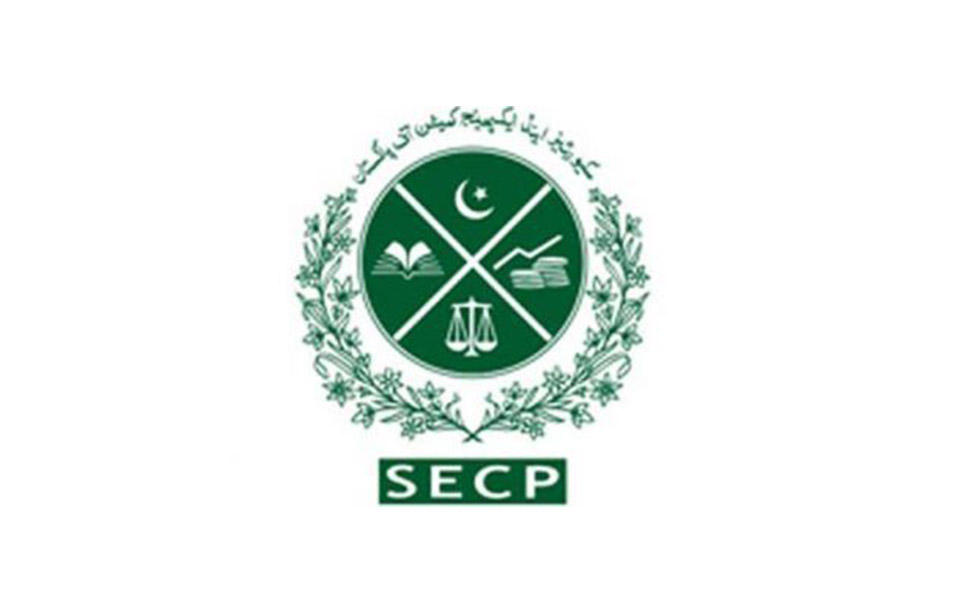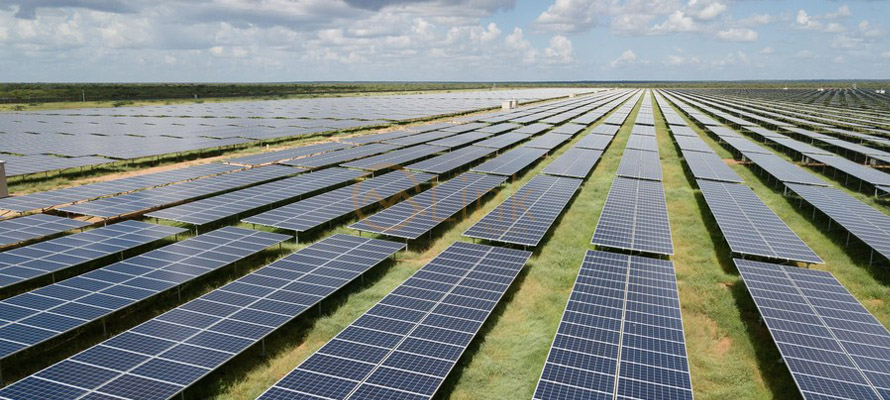November 09, 2023 (MLN): Europe faces the difficult task of restoring price stability while securing strong and green growth over the longer term after having dealt successfully with the challenges of the pandemic and the energy price shock triggered by Russia’s war in Ukraine, the International Monetary Fund (IMF) in its latest report highlighted.
Global shifts from geoeconomic fragmentation and the current impact of climate change have introduced new economic challenges that add to long-standing growth problems and could stall convergence.
Cooling headline inflation is providing some relief to households and firms, it added. Easing commodity prices and supply constraints have been mainly responsible.
However, persistent core inflation has proved more difficult to tackle.
Central banks across Europe have tightened their monetary policies substantially, and governments are scaling back fiscal support.
The lingering effects of last year’s energy price shocks and tighter policies are also contributing to a growth slowdown this year.
Countries with larger manufacturing or energy-intensive sectors are slowing more than those that depend on services and tourism.
Overall, the growth forecast is shaped by the opposing forces of tighter macroeconomic policies and the recovery in real incomes, as inflation falls and wages rise, the report added.
The outlook for Europe is for a soft landing, with inflation declining gradually.
Growth in the region overall is expected to slow to 1.3% in 2023 from 2.7% last year, and improve to 1.5% in 2024, it noted.
Within advanced European economies, service-oriented economies will recover faster than those with relatively larger manufacturing sectors, which face low external demand and are more exposed to high energy prices.
Similarly, European emerging market economies will experience a mild recovery in 2024, but the extent will vary across countries depending on the energy intensity of production, service sector orientation, and, especially for the easternmost countries, disruption of trade relationships with Russia.
Monetary policy is approaching the end of the tightening cycle. A moderate fiscal consolidation is projected for 2023, picking up in 2024.
Although a robust US economy is an important backstop to global demand, weaker activity in China, additional commodity price shocks, and the materialization of financial stability risks are important downside risks to growth.
A tighter monetary policy has elevated credit costs and weakened household and corporate real estate balance sheets. Even though banks’ capital buffers are healthy, they could become strained under an adverse scenario.
Inflation is expected to recede only gradually over the forecast period.
While subdued domestic demand in 2023 and lower commodity prices will be passed through to core inflation, the projected recovery in real incomes and still-strong labor markets will slow the pace of disinflation.
Most countries are not expected to reach inflation targets before 2025. Sustained nominal wage growth above inflation and productivity growth rates is a key risk to disinflation, especially in European emerging market economies.
Inflation could become entrenched, requiring additional policy tightening and potentially leading to stagflation, the report said.
Europe is facing these risks at a time when structural shifts from geopolitical fragmentation and climate change are compounding already-existing long-term growth problems.
Europe’s medium-term growth prospects have declined for some time, with weakening productivity growth a key factor.
The new challenges of higher and more volatile energy costs and changes in supply and trade relationships are disrupting production structures.
They add to well-known factors (such as population aging and labor supply constraints) that have stymied potential growth.
For most European emerging market economies, the combination of weak productivity and a loss of wage-cost competitiveness could stall economic convergence.
In these circumstances, stabilization of public debt trajectories could also prove challenging, especially in high-debt countries where debt needs to be outright reduced.
In this context, economic policies should aim to restore price stability and strengthen economic fundamentals.
History suggests that it takes several years for inflation to return to normal levels after an inflationary episode.
Maintaining a restrictive monetary policy stance is thus paramount to securing the return of inflation to target within a reasonable timeframe.
Uncertainty about inflation persistence is large, and the cost of easing too early is substantial, it said.
The required tightness of monetary policy varies with country circumstances, but many central banks will have to maintain high policy rates for some time.
Meanwhile, countries should step up their efforts to rebuild or preserve fiscal buffers while protecting critical spending needs.
By reducing deficits, fiscal policy complements monetary policy in the fight against inflation.
Remaining untargeted energy support should be phased out and expenditure and revenue inefficiencies tackled.
But these savings may not be enough to address spending needs on education, demographic headwinds, infrastructure, and climate change while also reining in large deficits.
Moreover, public debt-to-GDP ratios are projected to increase over the medium term in most European emerging market economies, as a result of sluggish growth and rising debt service cost.
These countries will also need to better rationalize expenditure and mobilize revenues to bring public debt ratios on a downward path.
For EU economies, strengthening the capacity to absorb EU grants for climate-resilient infrastructure, social protection, and accelerating the green transition continues to be a priority.
Macro financial policies should ensure that emerging risks to stability are monitored and contained. Banks have increased their profits from rising net interest margins.
These resources should be used to raise capital buffers, including through regulatory requirements.
Given banks’ credit exposure to the real estate sector, robust buffers are even more important at a time, like the current one, when the property market faces structural and cyclical headwinds.
Structural policies remain crucial for achieving strong, green, and evenly distributed growth.
Reforms should focus on removing barriers that prevent economic innovation and dynamism.
A strengthened business environment with policies that encourage investment and spending on research and development will enhance competition that increases productivity.
In European emerging market economies, attracting investment also requires strengthening public sector management and governance; better job matching; and reliable digital, transportation, and energy infrastructure.
Europe needs to preserve its most important growth asset—the single market, the report highlighted.
Sectoral policies can play a role (when network externalities are present) by raising research and development spending and opening access to new technologies, leading to increased efficiencies and facilitating the green transition.
But such policies need to be deployed surgically and with care, avoiding costly subsidy races or use of distortionary tariffs.
International collaboration on climate change, including a global carbon price floor, is essential to reducing emissions while maintaining competitiveness.
Recent agreements on strengthening Europe’s emissions trading system are an important step toward achieving the European Union’s climate goals.
Copyright Mettis Link News
Posted on: 2023-11-08T10:26:01+05:00







